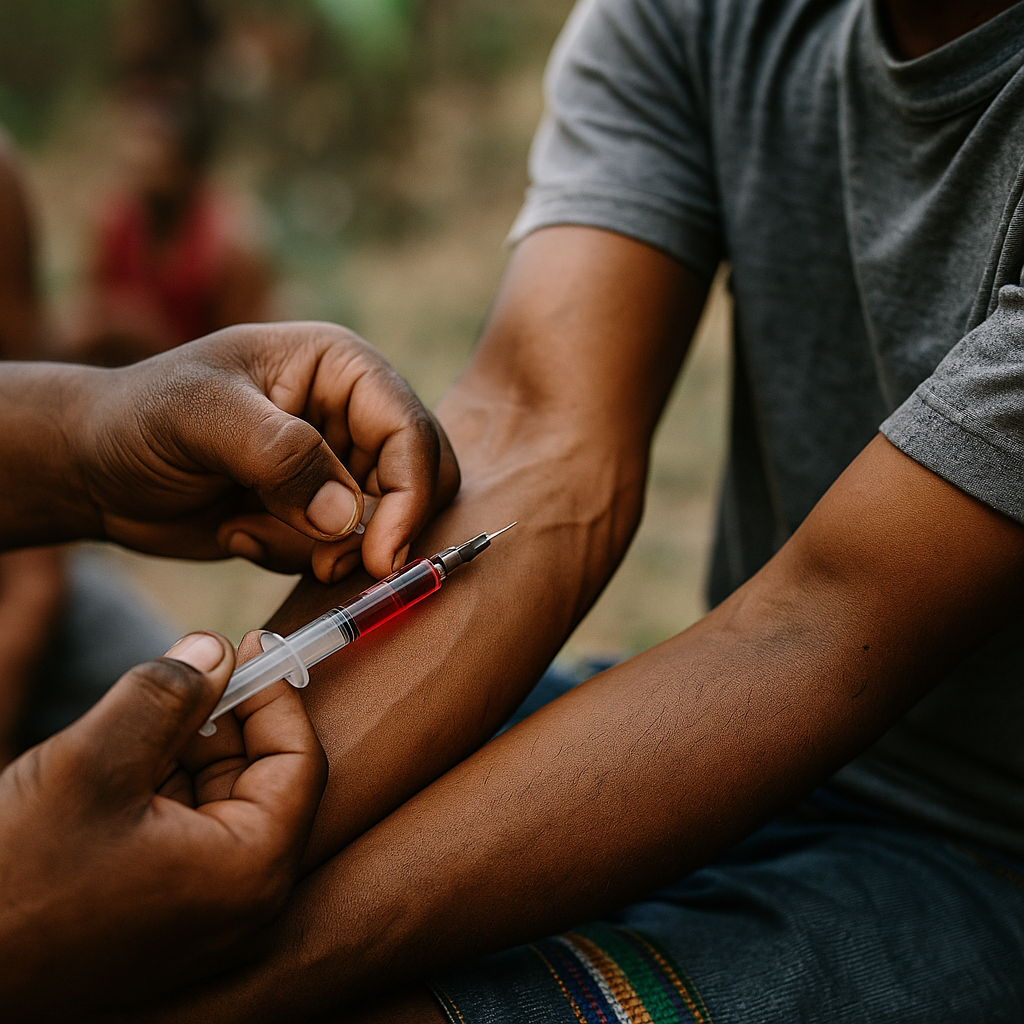Table of Contents
- Introduction
- What’s Being Cut
- Consequences for Research & Treatment
- Domestic Impacts in the U.S.
- Global Fallout from Cuts
- Advocates’ Responses
- FAQs
- Disclaimer
1. Introduction
Recent budget reductions by U.S. agencies—NIH, CDC, and PEPFAR—have triggered serious setbacks in HIV research, testing, and care. This article explores how these cuts undermine decades of progress domestically and across the globe.
2. What’s Being Cut
- NIH Grant Terminations: Over 230 HIV-specific grants have been abruptly canceled.
- CDC Prevention Division Reduced: CDC’s HIV prevention arm has faced significant layoffs and program attrition.
- PEPFAR & USAID: A sweeping 90-day pause and funding frozen in 2025 has jeopardized global HIV/AIDS programs.
3. Consequences for Research & Treatment
- Vaccine/Cure Discovery Hampered: Programs like those for broadly neutralizing antibodies lost crucial $258M NIH support, stalling vaccine and cure innovation.
- Prevention & Surveillance Cut: Domestic HIV testing and outreach programs, including PrEP modeling, risk collapse.
4. Domestic Impacts in the U.S.
- Rising Infections & Deaths: Cuts may lead to 143,000 new infections and 15,000 AIDS-related deaths by 2030, costing an extra $60 billion.
- Progress Reversal: The U.S. decline of 12% in new infections (2018–2022) now risks being undone.
5. Global Fallout from Cuts
- PEPFAR Halt Impact: Temporary freezes are already causing clinic closures worldwide.
- International Case Surge: Africa and elsewhere face millions of new infections and deaths—models predict between 4–11 million additional global infections by 2030.
- South Africa’s Burden: Without U.S. funding, Johannesburg lost 8,000 staff; testing rates dropped and viral suppression faltered.
6. Advocates’ Responses
Public health leaders and NGOs emphasize the urgent need to restore funding. NIH grants and community programs remain top priorities.
7. Frequently Asked Questions
Q: Will PEPFAR be fully restored?
A: Senate negotiations have spared PEPFAR from deeper cuts, though uncertainty persists.
Q: How many U.S. jobs were lost?
A: Approximately 2,400 CDC jobs and more at NIH, plus thousands in clinics abroad, were lost or reassigned.
Q: What are the long-term risks?
A: Cutting detection and research heightens infection rates, treatment failures, and healthcare costs for years—and globally.
8. Disclaimer
This article was written with AI assistance and may contain errors. Consult official agency releases and peer-reviewed journals for more detail.




